Leprosy, also known as Hansen disease, is a chronic infectious disease affecting the skin, nose, limbs, and upper respiratory tract. It can be caused by the bacterium Mycobacterium leprae or Mycobacterium lepromatosis. Leprosy has been known to affect humanity since ancient times. It is mentioned in the literature of ancient civilizations, including Atharvaveda, an ancient Hindu scripture. However, leprosy is also a modern disease, affecting 208,000 people worldwide each year.
Characteristic symptoms of leprosy include lumps, bumps, and sores on the skin, muscle weakness, and painless burns or wounds on the feet. Additionally, it may lead to blindness, nose disfigurement, loss of eyelashes or eyebrows, and paralysis if poorly managed or left untreated.
Leprosy isn't considered highly contagious. It is possible to get leprosy from another person, but it requires repeated and close contact with someone's nose and mouth droplets. Adults are less likely to get infected than children.
In the United States, leprosy is a rare disease, affecting about 100 Americans yearly. Most cases occur in Hawaii, California, and the South. However, the number of people diagnosed with leprosy is high in the countries of Africa and Asia![]() , including the Democratic Republic of the Congo, Bangladesh, Ethiopia, Madagascar, Myanmar, Nepal, Mozambique, Philippines, Somalia, Nigeria, United Republic of Tanzania, Sri Lanka, South Sudan, Indonesia, Brazil, and India.
, including the Democratic Republic of the Congo, Bangladesh, Ethiopia, Madagascar, Myanmar, Nepal, Mozambique, Philippines, Somalia, Nigeria, United Republic of Tanzania, Sri Lanka, South Sudan, Indonesia, Brazil, and India.
According to the 2019 data![]() , the most cases occurred in Brazil, India, and Indonesia (more than 10,000 leprosy cases), while the rest of the mentioned countries reported 1000 – 10,000 cases.
, the most cases occurred in Brazil, India, and Indonesia (more than 10,000 leprosy cases), while the rest of the mentioned countries reported 1000 – 10,000 cases.
Leprosy is caused by Mycobacterium leprae![]() (M. leprae), which was first discovered in 1873 by Norwegian physician Gerhard Armauer Hansen. It can also be caused by Mycobacterium lepromatosis bacterium, a new species that was discovered in 2008.
(M. leprae), which was first discovered in 1873 by Norwegian physician Gerhard Armauer Hansen. It can also be caused by Mycobacterium lepromatosis bacterium, a new species that was discovered in 2008.
It is not entirely understood how bacteria spreads. The identified way of transmission is close and prolonged contact with affected individuals who may spread the bacteria while sneezing and coughing. It can't be spread by sexual contact or casual interactions with people and does not develop during pregnancy.
Close contact with someone who has leprosy puts you at risk of developing this disease. According to the World Health Organization, the contact with the affected individual needs to be prolonged (lasts for several months) and close enough to come into contact with the person's mouth and nose droplets.
Casual interactions with other people do not lead to leprosy. Activities such as sharing drinks and meals, sitting close to each other, shaking hands, and hugging do not increase the risk of leprosy. Moreover, a person who started treatment no longer spread the bacteria to other people.
There are two main classification systems that recognize different forms of leprosy: the World Health Organization classification and the Ridley-Jopling system.
World Health Organization recognizes two forms of Hansen's disease based on the number of affected areas. The first form – paucibacillary leprosy – occurs if there are five or fewer lesions on an individual's skin. It is also characterized by no presence of bacteria in skin samples. The second form – multibacillary leprosy – means the opposite (more than five lesions and confirmed presence of Mycobacterium leprae or Mycobacterium lepromatosis in skin samples).
Ridley-Jopling system![]() is more complex than the World Health Organization classification. It recognizes five forms of leprosy based on the number and severity of symptoms, disease response, and whether nerves are affected:
is more complex than the World Health Organization classification. It recognizes five forms of leprosy based on the number and severity of symptoms, disease response, and whether nerves are affected:
Tuberculoid leprosy is a mild form that causes one or a few flat lesions. Nerve involvement is not severe, which may be experienced as a numbness of the affected skin area. It is less contagious than other forms of Hansen's disease.
Tuberculoid leprosy may heal independently, persist until you receive a treatment, or progress to more severe forms.
Borderline tuberculoid leprosy is a more severe form of tuberculoid leprosy. It causes more lesions and may progress to other forms. However, even though it involves more nerve, it may revert to tuberculoid or stay the same.
This form of Hansen's disease causes moderate numbness, swollen lymph nodes, and red plaques. It has more nerve involvement than tuberculoid and borderline tuberculoid. It may stay the same like borderline tuberculoid, revert to less severe forms, or worsen.
More symptoms characterize Borderline Lepromatous leprosy. It causes many lesions and may lead to more numbness. Bumps, nodules, and plaques are also likely to develop. Borderline Lepromatous Hansen's disease may persist, regress, or improve.
Lepromatous Hansen's disease is the most severe form and the only one that does not revert to other forms of leprosy. Its nerve involvement is considered severe, leading to more numbness, limb weakness, and disfigurement.
People with lepromatous leprosy develop many lesions that contain bacteria. They are also more likely to experience hair loss, rashes, and issues with the kidneys, reproductive organs (only males), and nose.
Lepromatous Hansen's disease is also the most contagious form of leprosy due to bacteria on skin lesions.
People who come in contact with bacteria that causes leprosy usually develop symptoms within 3 to 5 years. However, in some cases, symptoms only develop 20 years later. Doctors refer to this phenomenon as a long incubation period. Because of this, it is very challenging to determine when a person got infected.
The main symptoms of leprosy include:
If leprosy develops into an advanced stage, the following symptoms are likely to appear:
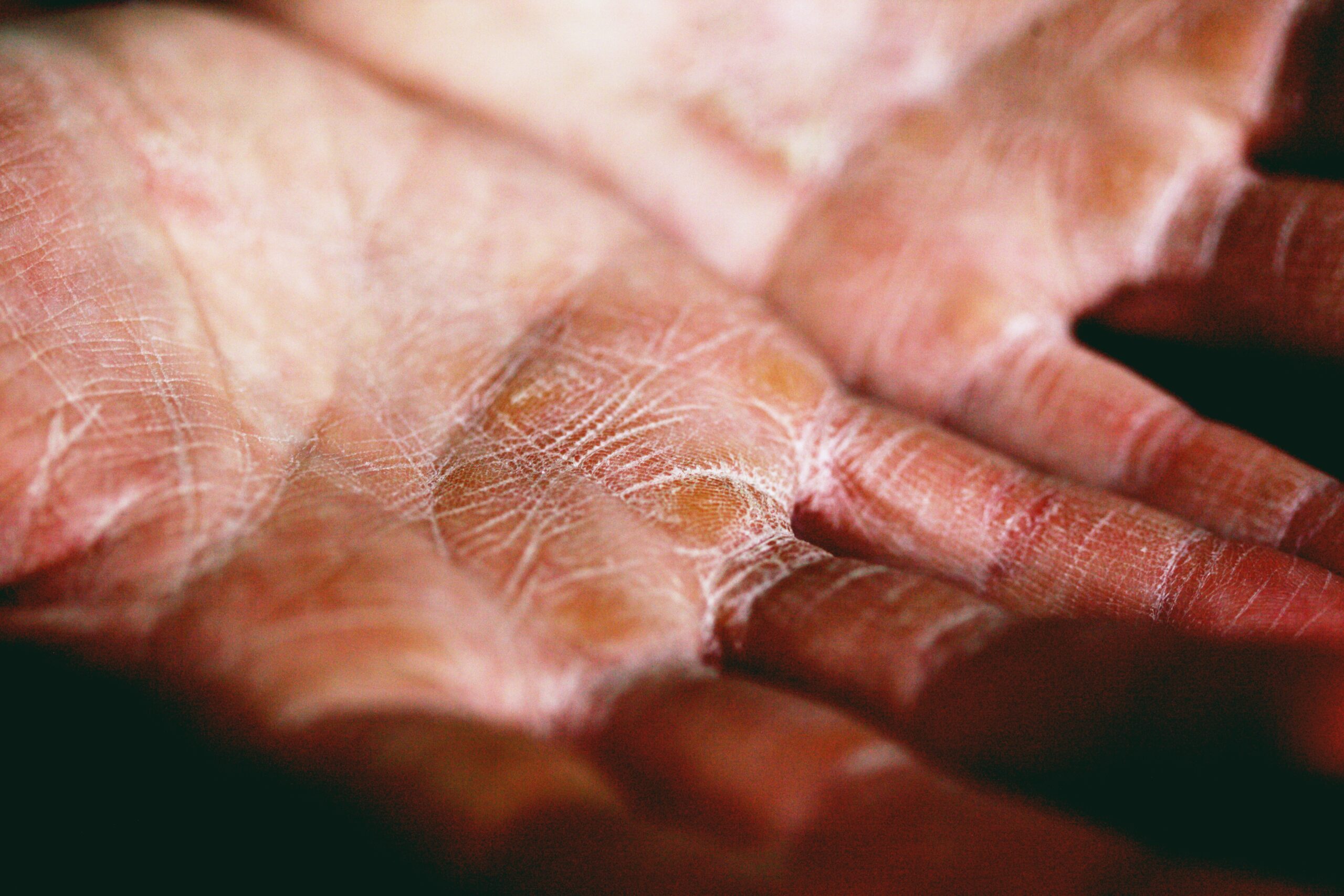
If left untreated, leprosy may lead to complications caused by permanent damage to the nerves, skin, arms, legs, and eyes. Possible outcomes include:
Nerve damage caused by leprosy may result in loss of feeling in your legs, feet, and arms. If you get cut, burnt, or sustain another type of damage, you won't experience pain.
Leprosy can usually be diagnosed during a physical exam. The presence of characteristic signs, including bright, flat sores, discolored skin patches, and nodules on the skin, indicates Hansen's disease.
To confirm the diagnosis, doctors perform a test called skin biopsy, which involves taking a small sample of skin to test at a lab. In leprosy, a sample is usually obtained from a skin sore where Mycobacterium leprae is likely present.
However, your skin sores won't contain bacteria if you have paucibacillary leprosy. In such a scenario, you will need a lepromin skin test to learn which type of leprosy you have. In this test, a doctor injects an inactive leprosy bacteria into the skin of your upper arm to determine if there is a reaction. Depending on how your skin responds to the bacteria, a doctor can tell if you have tuberculoid or borderline tuberculoid leprosy. The spot is usually examined three days after the injections and again after 28 days.
People who don't react to inactive leprosy bacteria are not affected by tuberculoid or borderline tuberculoid leprosy. Instead, they may be suffering from lepromatous leprosy, the most severe form of Hansen's disease.
Treatment for leprosy varies from person to person, depending on the severity of symptoms, type of leprosy, and whether complications have developed. To treat the infection, doctors usually prescribe antibiotics and recommend long-term treatment that lasts up to six months. People who are affected by severe Hansen's disease may need to take antibiotics for a longer time.
Other drugs often accompany antibiotics. Treatment for leprosy that combines various medicines is called multidrug therapy (MDT). For instance, a doctor may recommend taking two types of antibiotics or antibiotics combined with anti-inflammatory drugs.
Sometimes, doctors also prescribe medicines that suppress your immune system to treat skin nodules.
In addition to medical treatment, patients with leprosy may also require various forms of supportive care and rehabilitation, depending on the extent of nerve damage and disability. Physiotherapy, occupational therapy, and surgical interventions may be necessary to improve muscle strength and mobility and correct deformities.

Outlook for leprosy patients has improved significantly![]() in recent years, thanks to advancements in medical treatment and a better understanding of this condition. Early diagnosis and timely initiation of multi-drug therapy (MDT) allow most individuals with leprosy to get rid of all symptoms.
in recent years, thanks to advancements in medical treatment and a better understanding of this condition. Early diagnosis and timely initiation of multi-drug therapy (MDT) allow most individuals with leprosy to get rid of all symptoms.
MDT is highly effective in curing the disease and reducing the risk of progression, particularly nerve damage and deformities. However, the prognosis may vary depending on the stage of the disease at the time of diagnosis and the individual's overall health. Patients with more severe cases may still experience some degree of nerve damage or disability, but with appropriate care and rehabilitation, many can lead relatively comfortable lives.
Treating leprosy by yourself is not a good idea. Hansen's disease requires medical intervention and conventional treatment to recover and prevent serious complications.
If you suspect that you or someone you know may have leprosy, it is important to seek immediate medical attention. Early diagnosis and treatment are key to preventing the disease from progressing to more severe forms and to reduce the risk of permanent nerve damage.
Doctors don't give specific recommendations to avoid Hansen's disease. If you are unaware that a person you have close contact with has leprosy, it may be difficult to prevent the infection. Still, getting infected due to contact with someone's nose and mouth droplets does not necessarily lead to the development of leprosy.
The best way to reduce the risk of infection is to minimize close contact with people who show signs of Hansen's disease. Increasing awareness of leprosy symptoms will help you decide when to be more careful around affected people.
If you develop leprosy yourself, you may prevent it from progressing to more severe forms. In the early stages, it is the easiest to treat, so don't hesitate to visit your healthcare specialist if you notice such symptoms as flat sores, dry and thick skin, swelling on the face, and any other skin changes you have spotted.
Leprosy, or Hansen's disease, is a chronic infectious condition caused by Mycobacterium leprae or Mycobacterium lepromatosis. It primarily affects the skin, limbs, nose, and upper respiratory tract, leading to symptoms such as skin lesions, muscle weakness, and painless wounds. In severe cases, it can cause blindness, disfigurement, and paralysis if left untreated.
Leprosy is not highly contagious and typically spreads through prolonged close contact with an infected person's respiratory droplets. Handshakes or sharing meals do not pose a significant risk. The disease is more prevalent in regions like Brazil, India, and Indonesia, with around 208,000 new cases reported globally each year.
Treatment for leprosy involves antibiotics, often in combination with other drugs, administered over several months. Multidrug therapy (MDT) is highly effective and has significantly improved the prognosis for leprosy patients. Timely diagnosis and treatment are crucial in preventing the disease from progressing to severe forms and reducing the risk of permanent nerve damage.
Prevention primarily involves minimizing close contact with infected individuals and increasing awareness of leprosy symptoms. Early intervention is critical in managing the disease effectively, as self-treatment is not recommended.
Table of Contents

Borderline Personality Disorder is a severe psychological case that requires appropriate treatment. Learn what type of therapy is available for… read more »

A runny is a common symptom characterized by the discharge of mucus from the nasal passages. How to deal with… read more »
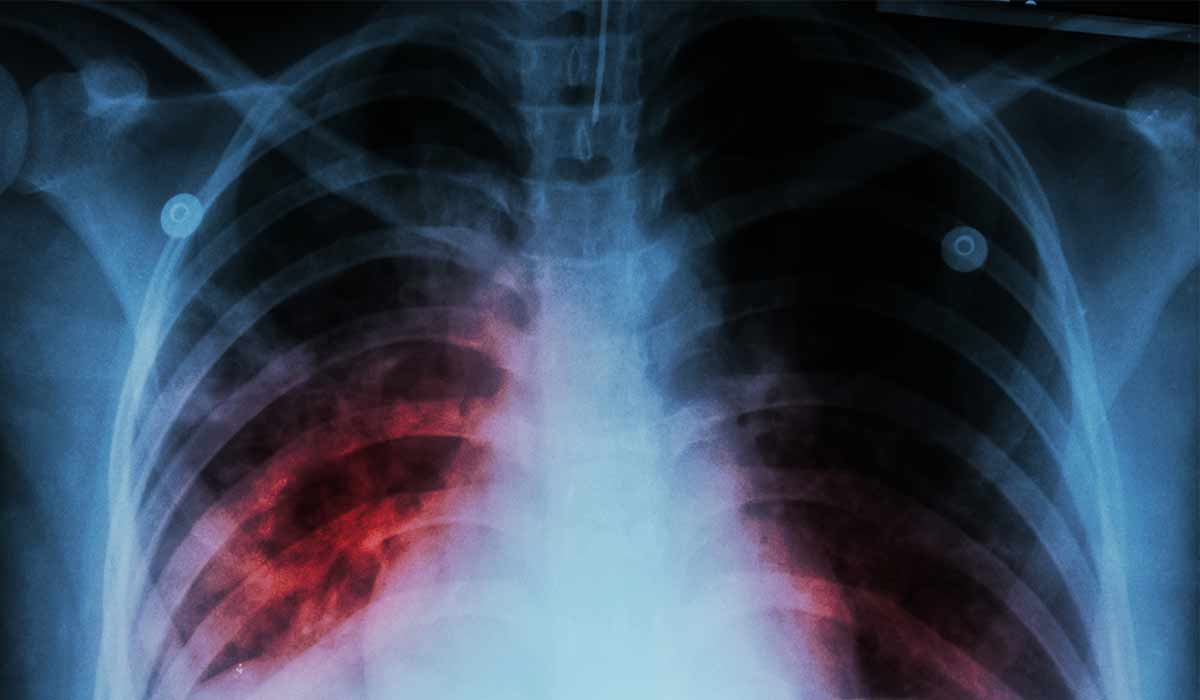
Tuberculosis is an infectious disease caused by mycobacteria. There are many types of tuberculosis with varying symptoms. Learn it all… read more »
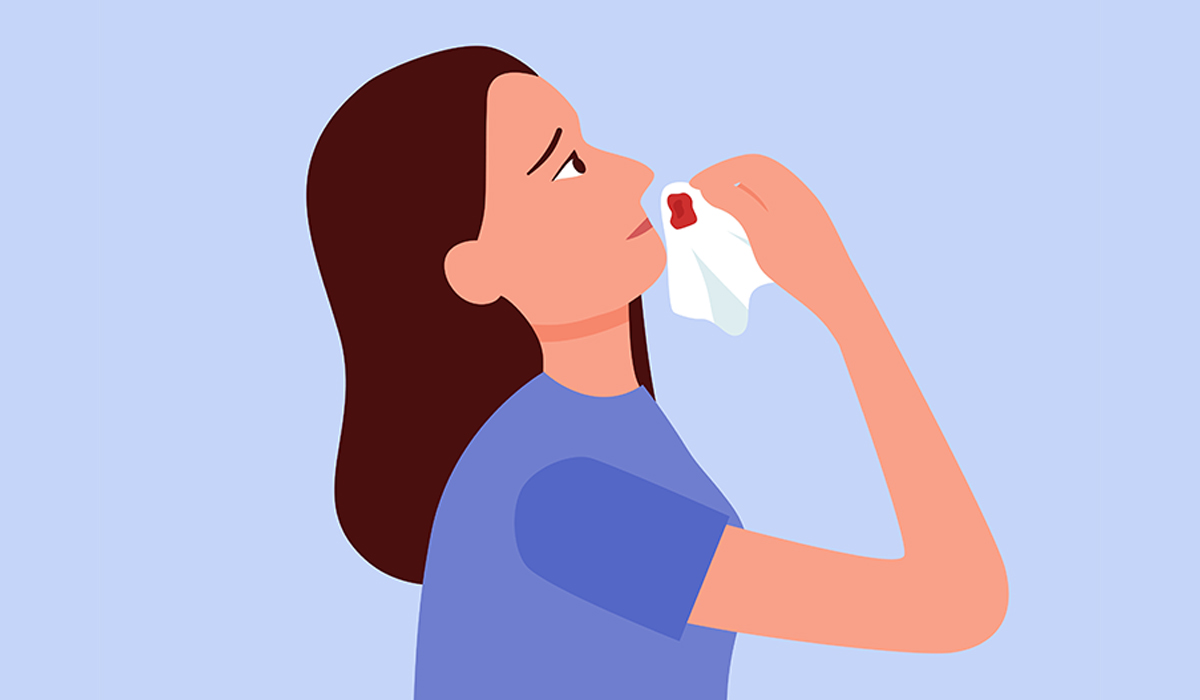
A nosebleed, which doctors call epistaxis, is when blood comes from inside the nose. This can happen for many reasons,… read more »
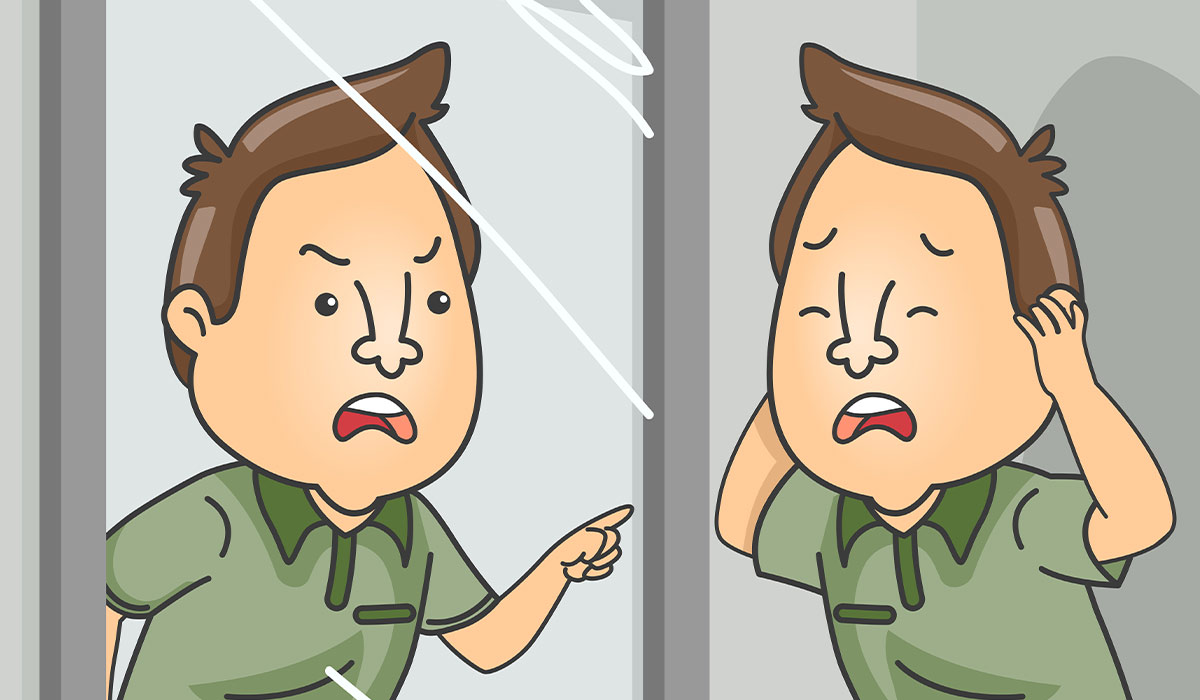
Dissociative identity disorder Ii is characterized by the presence of at least two independent and different personalities in one person.… read more »
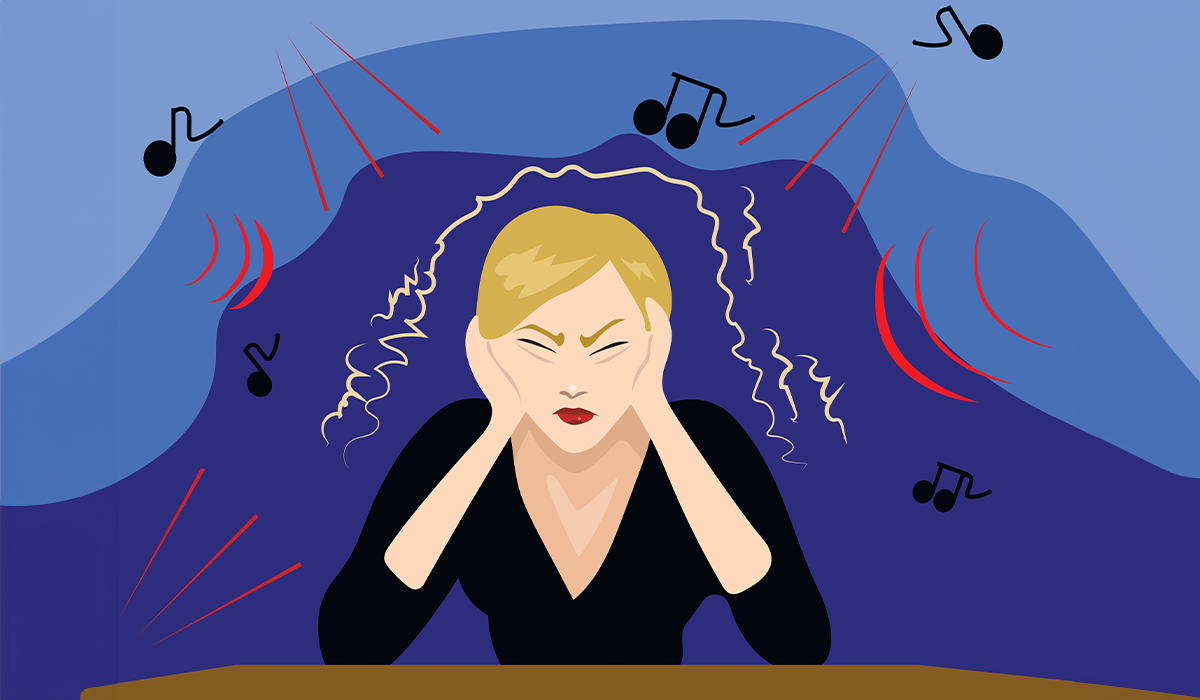
Misophonia is an inappropriately strong reaction to specific sounds. It occurs in many disorders. Learn about the meaning of misophonia… read more »
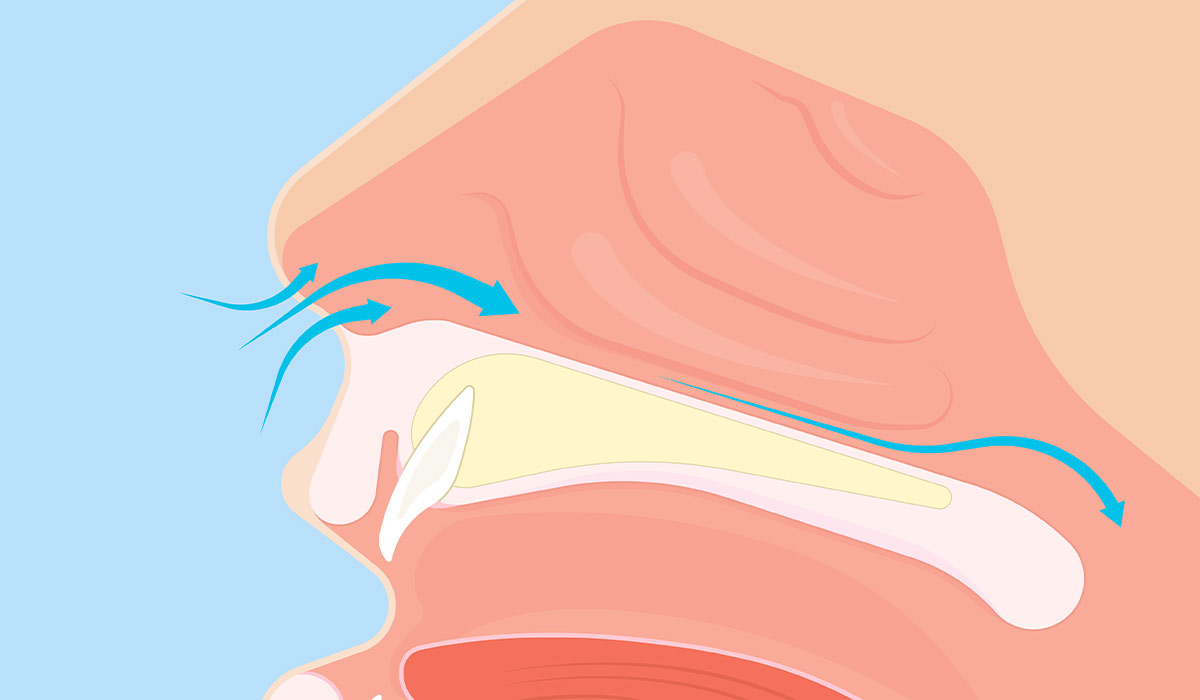
A deviated nasal septum causes many problems. What are the causes of this condition? What is the diagnosis and treatment… read more »
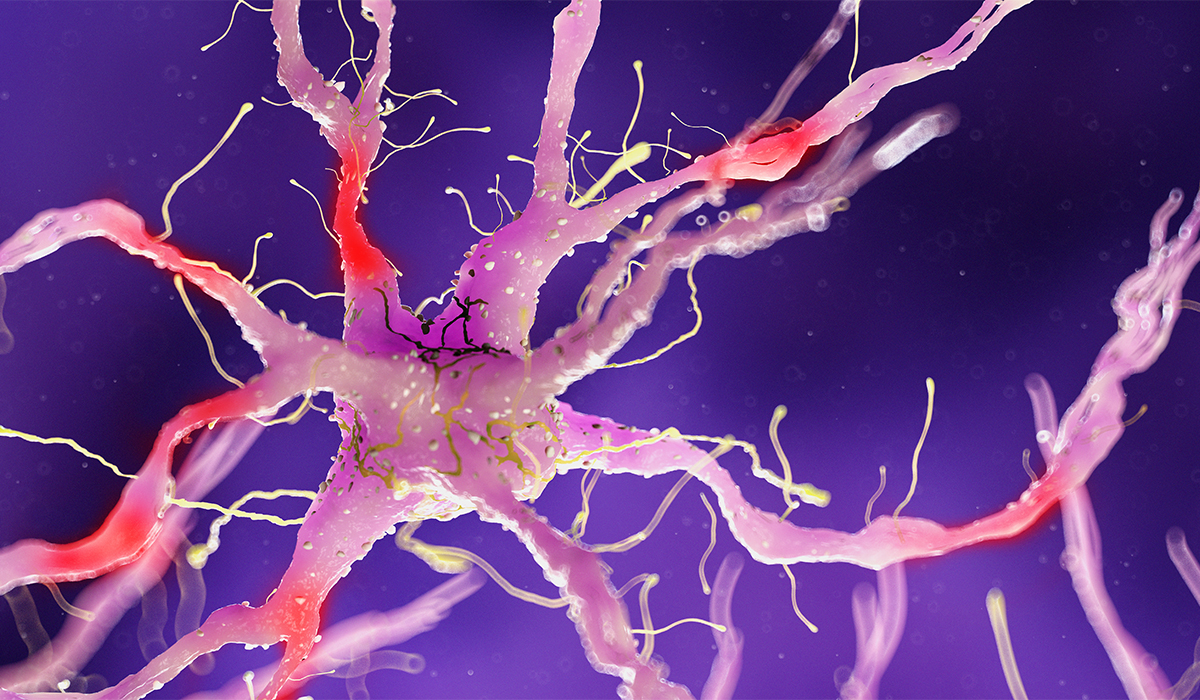
Nerve damage, also known as neuropathy, could be a condition that influences the body's nervous framework. The nervous framework is a… read more »

Nerve pain, which specialists refer to as neuropathic pain, maybe a complex and regularly troublesome condition emerging from harm to the nervous… read more »